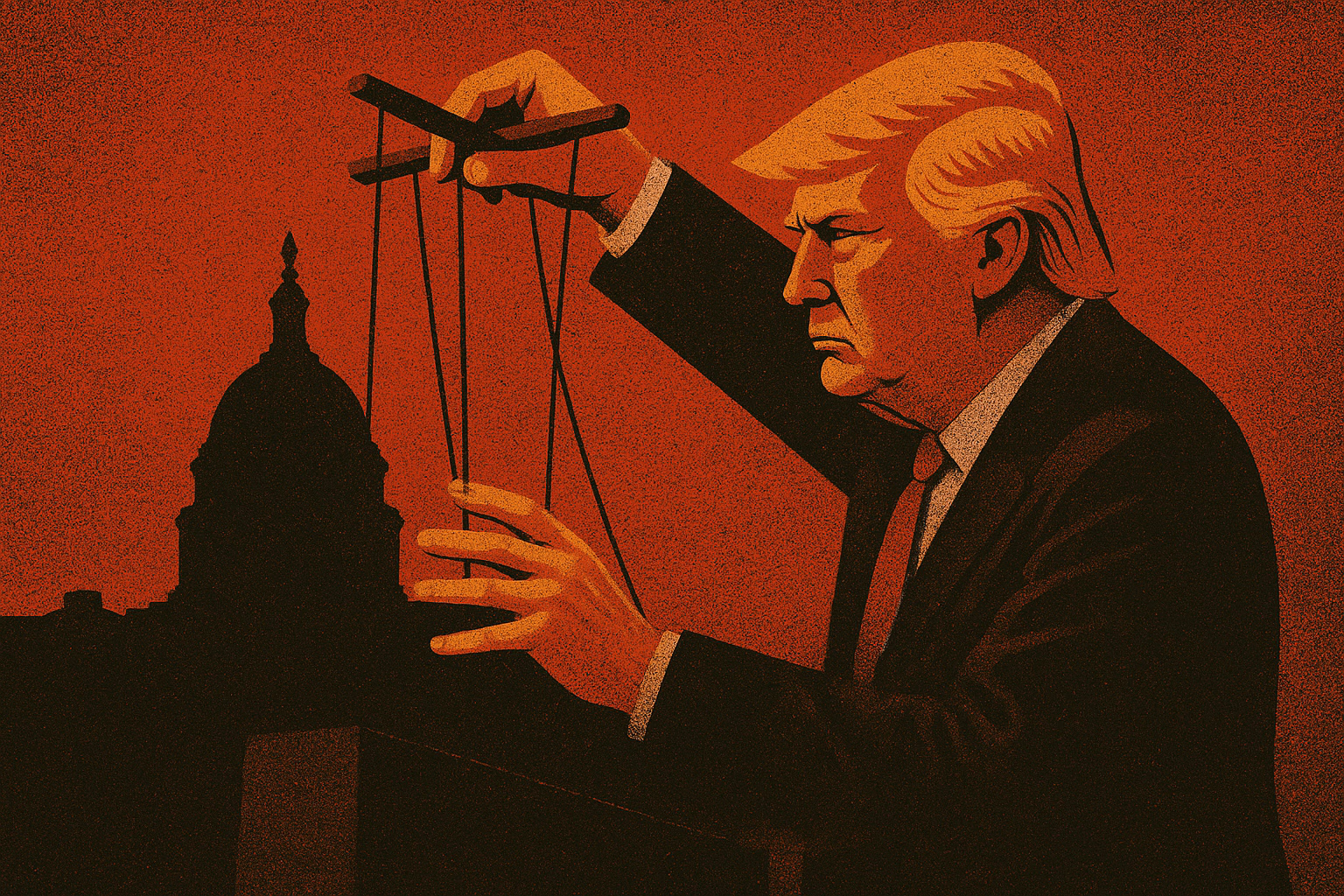The White House is using the government shutdown as a pretext for mass layoffs, continuing the trajectory set earlier this year by Elon Musk’s DOGE initiative.
This time, unlike past rounds of cuts, the goal is not efficiency or anti-fraud measures but a deliberate effort to shrink the size of the federal government and eliminate programs that conflict with the administration’s ideological agenda. It marks the first instance in which the executive branch has used a shutdown to dismiss federal employees.
The mass layoffs align with a broader objective—to subordinate the federal bureaucracy to the president and reduce its scope, as outlined by Office of Management and Budget Director Russell Vought in the Project 2025 plan.
Speaking on Charlie Kirk’s show, Vought said, “We want to act as decisively as possible wherever we can—not just cutting funding but shutting down the bureaucracy itself—and now we have the opportunity to do that.” While the shutdown slows the administration’s work in some areas, he said, it enables a focus on “saving taxpayer money.” “When opportunities arise to reduce the size of the federal government, we should seize them,” he added.
As early as last November, Vought told Tucker Carlson, “We must address the problem of a ‘woke’ and politicized bureaucracy and restore presidential control over the executive branch.”
The staff cuts reflect Vought’s vision of “small government,” noted Nick Bednar, a law professor at the University of Minnesota. “He’s simply taking the opportunity to put his idea into practice—and he would have done it even without the shutdown,” Bednar said.
In essence, the administration is eliminating people and agencies it disagrees with ideologically. President Trump previously said the layoffs would be “focused on Democrats.” Among Vought’s stated targets are the Green New Deal–related programs within the Department of Energy, the Minority Business Development Agency, and “environmental justice” initiatives at the EPA. The Consumer Financial Protection Bureau has virtually ceased operations: “Its DNA is Elizabeth Warren,” Vought remarked, referring to the Democratic senator from Massachusetts who helped create the agency.

Trump Uses the Shutdown as a Tool to Consolidate Personal Power
It Is Part of a Systematic Campaign to Concentrate Authority

No Compromise Yet
How Long Will the Shutdown Last and What Is Needed for a Deal?

America Says “No Kings.”
Mass Protests Turn Into the Largest Civic Mobilization Since Trump’s Return to the White House
Some legal experts and former officials doubt that such dismissals will withstand court challenges. At the same time, the law offers no clear answer as to whether the White House can use a shutdown to reduce staff, Bednar noted. In the past, courts have largely sided with the administration—though this time, Congress may need to explicitly prohibit such actions.
So far, about four thousand terminations during the government shutdown are already being contested in court. Overall, an estimated 300,000 federal employees not affiliated with the military or postal services—roughly 14% of the entire workforce—are expected to lose their jobs this year. The cuts are contributing to rising unemployment, particularly in the Washington area, and affecting the private sector, where contractors and consultants are losing contracts and funding.
Vought said the layoffs will proceed gradually throughout the shutdown and could eventually exceed ten thousand.
Such measures make it harder to attract qualified professionals—scientists, analysts, policy designers, and regulatory experts. Concerns are already being voiced that cutting a quarter of the staff at the Centers for Disease Control and Prevention, along with experts in the Internal Revenue Service, inclusive education, and cybersecurity, could harm the public interest.
As Bednar notes, what is happening represents a departure from the principles of a professional and nonpartisan civil service: “The foundation of public service has always been appointing people based on their qualifications, not their political loyalty.”
